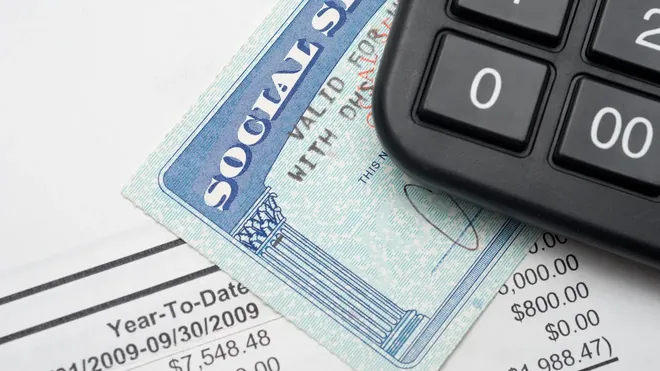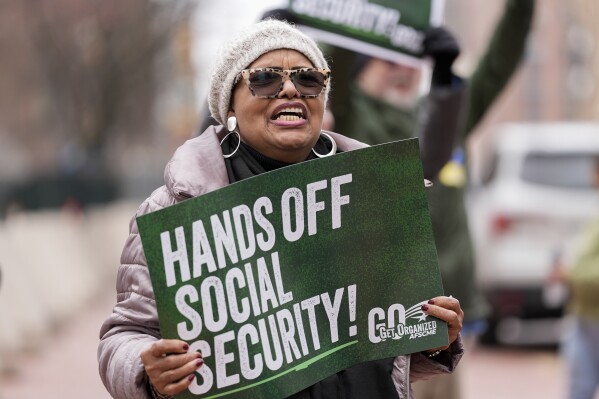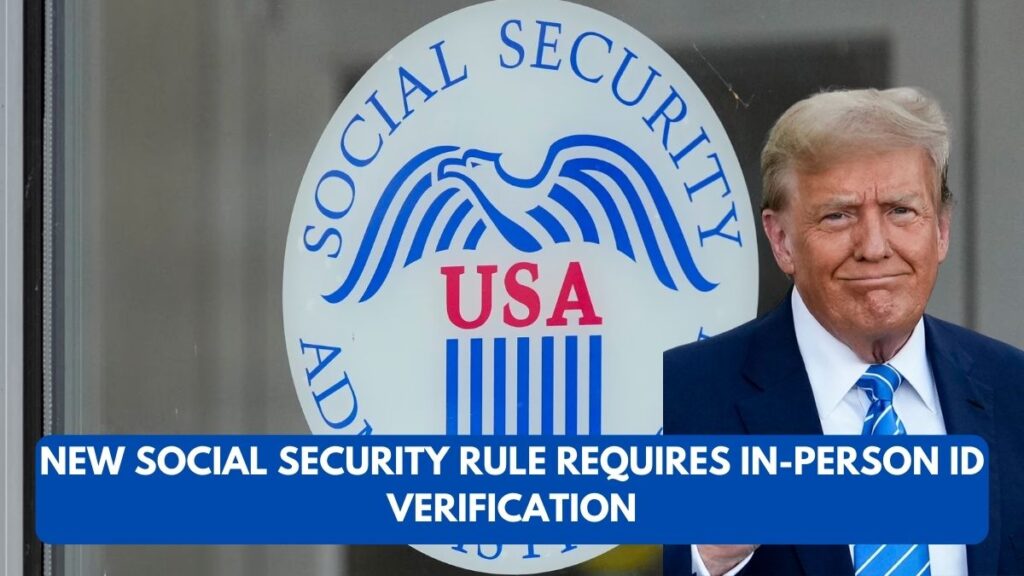In a move that has sparked both praise and concern, the Social Security Administration (SSA) announced a significant change to its identity verification process.
Starting March 31, 2025, individuals who are unable to verify their identities online will now be required to do so in person at a local Social Security field office.
This measure is part of the SSA’s broader effort to strengthen identity proofing protocols and protect against fraud, particularly as financial scams targeting Social Security beneficiaries continue to rise.
What’s Changing?

Previously, users could create and manage their my Social Security accounts entirely online, provided they passed identity verification.
However, under the new policy, users unable to verify their identity online—a common issue among older adults and those without robust digital footprints—will no longer have alternative remote options.
Instead, they will need to visit a local SSA office in person to continue accessing benefits or account changes.
“This is about improving security and ensuring people’s personal and financial information is protected,” said an SSA spokesperson in a public announcement. “We’re also expediting benefit updates to make the process more efficient.”
Faster Processing—With a Catch
As part of the same policy shift, the SSA is also accelerating direct deposit changes for Social Security beneficiaries. Previously, direct deposit changes took up to 30 days to process. Now, under the new system, they will be completed within one business day.
However, to access these quicker updates, individuals must complete the new in-person identity verification if they cannot pass the online authentication process.
Who Is Affected?
The policy is expected to affect a significant number of Americans, particularly those who:
- Lack access to high-speed internet
- Do not have smartphones or modern devices
- Have limited digital literacy
- Are elderly or disabled
Concerns have been raised by advocates and lawmakers about the potential disproportionate impact on vulnerable populations, especially seniors and individuals in rural or underserved communities.
SSA Field Offices—But Are There Enough?
Critics of the new rule point out that it comes amid reports of SSA field office closures and reduced physical access in certain regions.
While the SSA has mandated that nearly all employees now work in the office five days a week to improve service levels, some worry this won’t be enough to meet the increased demand for in-person appointments.
Public and Political Response
Retirement advocacy groups, such as the National Committee to Preserve Social Security and Medicare, have expressed alarm. In an interview with AP News, a spokesperson said: “This will create unnecessary hurdles for people who rely on these benefits to survive.”
Some politicians have also voiced concern over accessibility and the potential for delays, especially in areas with few SSA offices.
SSA’s Justification: A Necessary Step for Security

The SSA maintains that these steps are crucial to combat identity theft and benefit fraud, which have become increasingly sophisticated. The move aligns with broader federal efforts to tighten security around public benefit systems.
In their announcement, the SSA stated: “By requiring in-person identity verification in cases where digital authentication fails, we can ensure that benefits go to the rightful recipient.”
What You Need to Do
If you’re a current or future Social Security recipient:
- Try to verify online first: Visit www.ssa.gov/myaccount and attempt identity verification.
- If unsuccessful, locate your nearest SSA field office and make an appointment: SSA Office Locator.
- Bring valid ID: Acceptable documents include a driver’s license, passport, or state-issued ID.
- Expect quicker changes: Direct deposit changes will be reflected within one business day after successful verification.
This article has been carefully fact-checked by our editorial team to ensure accuracy and eliminate any misleading information. We are committed to maintaining the highest standards of integrity in our content.

Himanshu Sharma writes for Weekend Spy, focusing on recruitment, government schemes, and current affairs. He is dedicated to making complex information accessible to readers.
Himanshu enjoys playing chess, hiking, and trying new recipes, always seeking ways to combine his love for writing with his passion for exploration. Connect with Drop him an email at [email protected].







